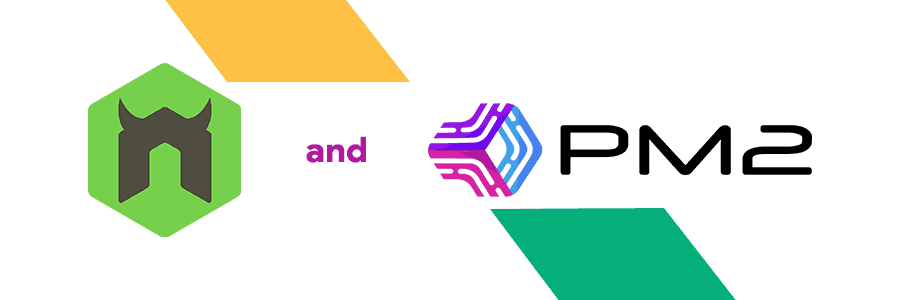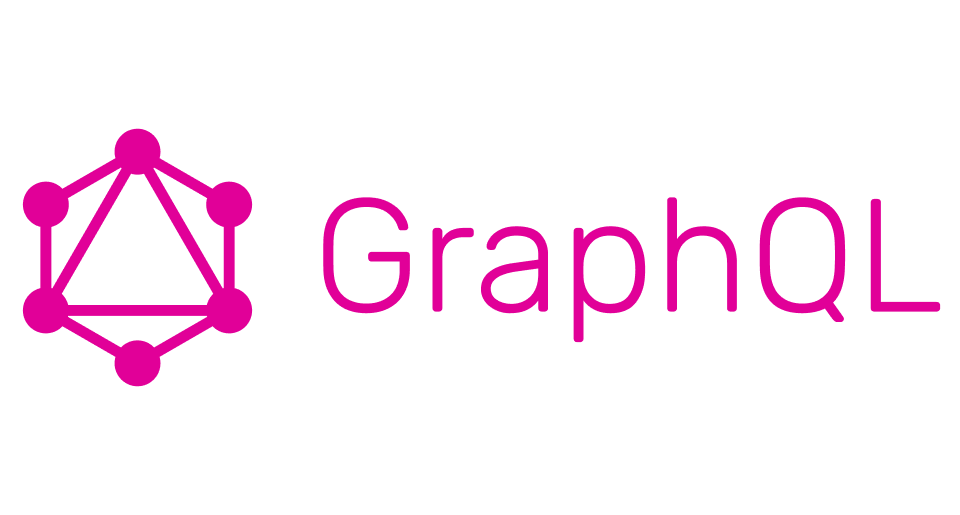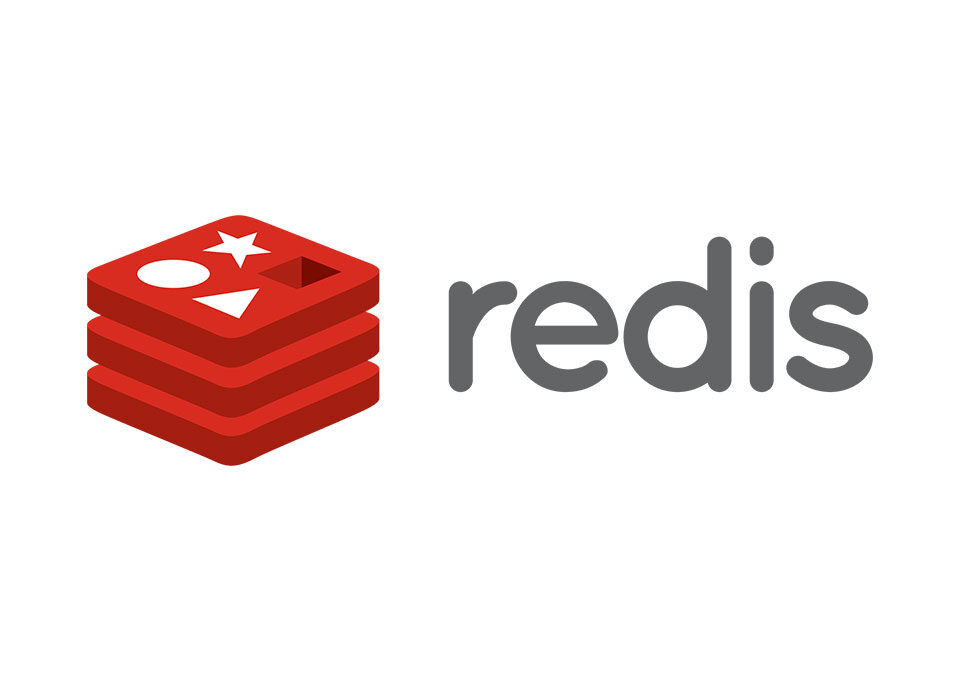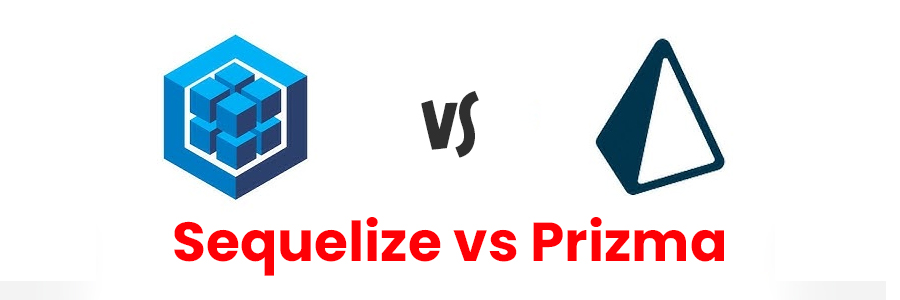
Difference between JavaScript and TypeScript
6th July 2024
10 Artificial Intelligence APIs for Developers
9th July 2024What is Nodemon?
Nodemon is a command-line tool that helps with the speedy development of Node.js applications. It monitors your project directory and automatically restarts your node application when it detects any changes.
This means that you do not have to stop and restart your applications in order for your changes to take effect. You can simply write code, and test your application a few seconds later.
How to start a node application with Nodemon?
To install nodemon locally, we can run the following in the Terminal
npm install nodemon
Nodemon serves as a replacement for node, and does not require any code changes within your application. Once it has installed, we can start our application with auto-restart, using the following command
nodemon index.js
What is PM2?
PM2 is an advanced process manager for NodeJS applications that allows you quickly start, control, or stop your node processes. It runs as a daemon on the server and will make sure your app is available 24/7/365!
In this article, we will introduce you to the basics of PM2 and teach you how you can use it to control the flow of your node applications! Let’s begin.
How to start a node application with PM2
The most straightforward method is by typing the following command over the terminal inside the root directory of your app:
pm2 start app.js
PM2 vs nodemon: What are the differences?
In the world of Node.js development, developers often use tools like PM2 and nodemon to enhance their development experience. Let’s explore the key differences between them.
- Auto-restart vs. Process Management: PM2 focuses on process management, providing features like load balancing, clustering, and zero-downtime deployments. It can run multiple instances of an application and restart them when necessary. On the other hand, nodemon is primarily designed for auto-restarting a Node.js application whenever a file change is detected. It is more suitable for local development and does not offer process management capabilities.
- Configuration and Command-line Options: PM2 offers a wide range of configuration options and command-line parameters to fine-tune the behavior of the managed processes. It allows customization of log outputs, environment variables, and advanced features like watch mode and hot-reloading. Nodemon, on the other hand, has a simpler configuration approach that relies on a configuration file or command-line arguments.
- Monitoring and Logging: PM2 provides a built-in monitoring dashboard that displays real-time information about the running processes, CPU usage, memory consumption, and more. It also offers log management features, allowing developers to stream and rotate log files. Nodemon, however, does not have built-in monitoring or log management capabilities.
- Compatibility with Cluster Mode: PM2 supports clustering out of the box, allowing developers to leverage the full power of multiple CPU cores by spawning multiple instances of their application. Nodemon, on the other hand, is not designed to work in a clustered environment.
- Integration with Process Management Tools: PM2 integrates well with process management tools like systemd or Windows service managers, enabling developers to run their Node.js applications as background services. Nodemon, being focused on local development, does not provide built-in integration with such tools.
- Community and Ecosystem: PM2 has a large and active community, with a rich ecosystem of plugins, monitoring tools, and third-party integrations. It is widely used and has been battle-tested in production environments. While nodemon also has a decent community, it may not offer as many options for extending its functionalities or integrating with other tools compared to PM2.
Similar blog:
Load Balancing Algorithms in Node.js
Role-Based Access Control in Nodejs
Advance Building a Load Balancer using Node JS + Express
For More Info: XpertLab.com





